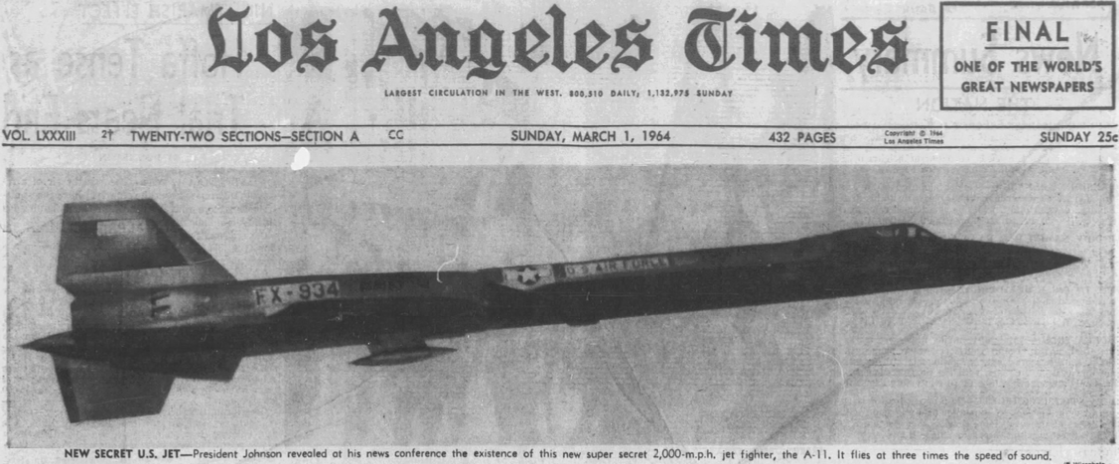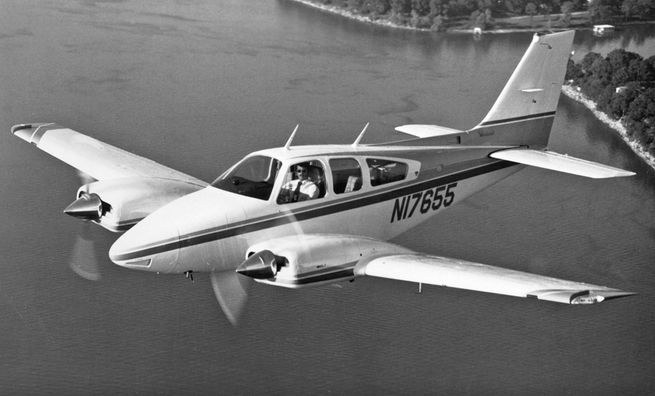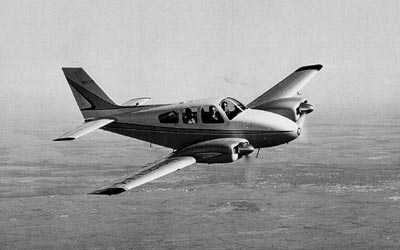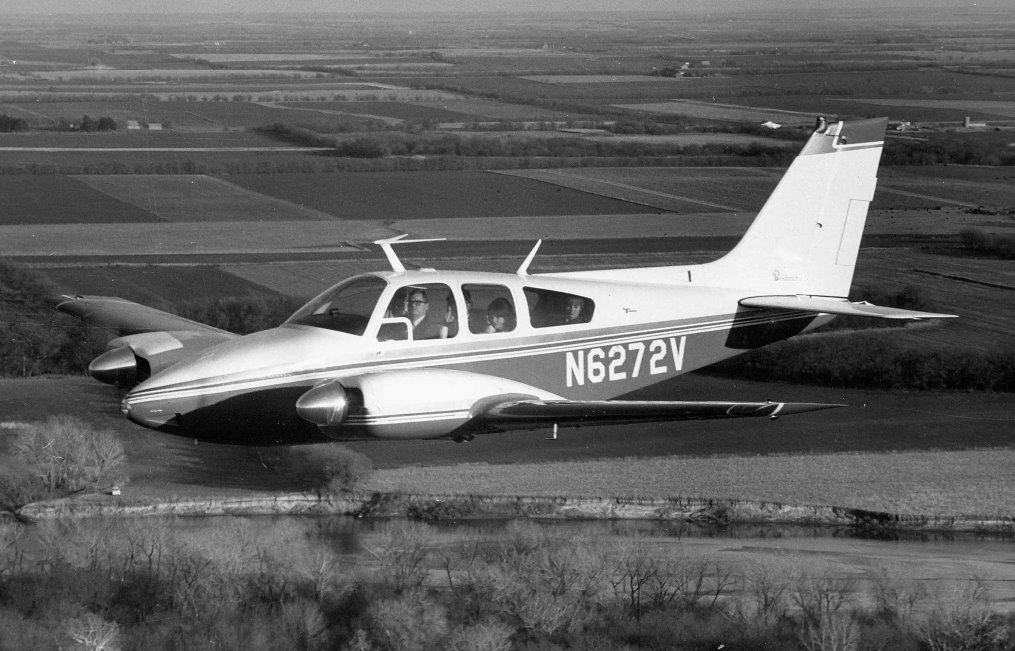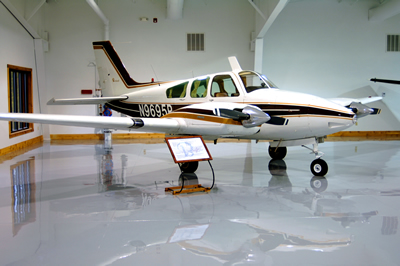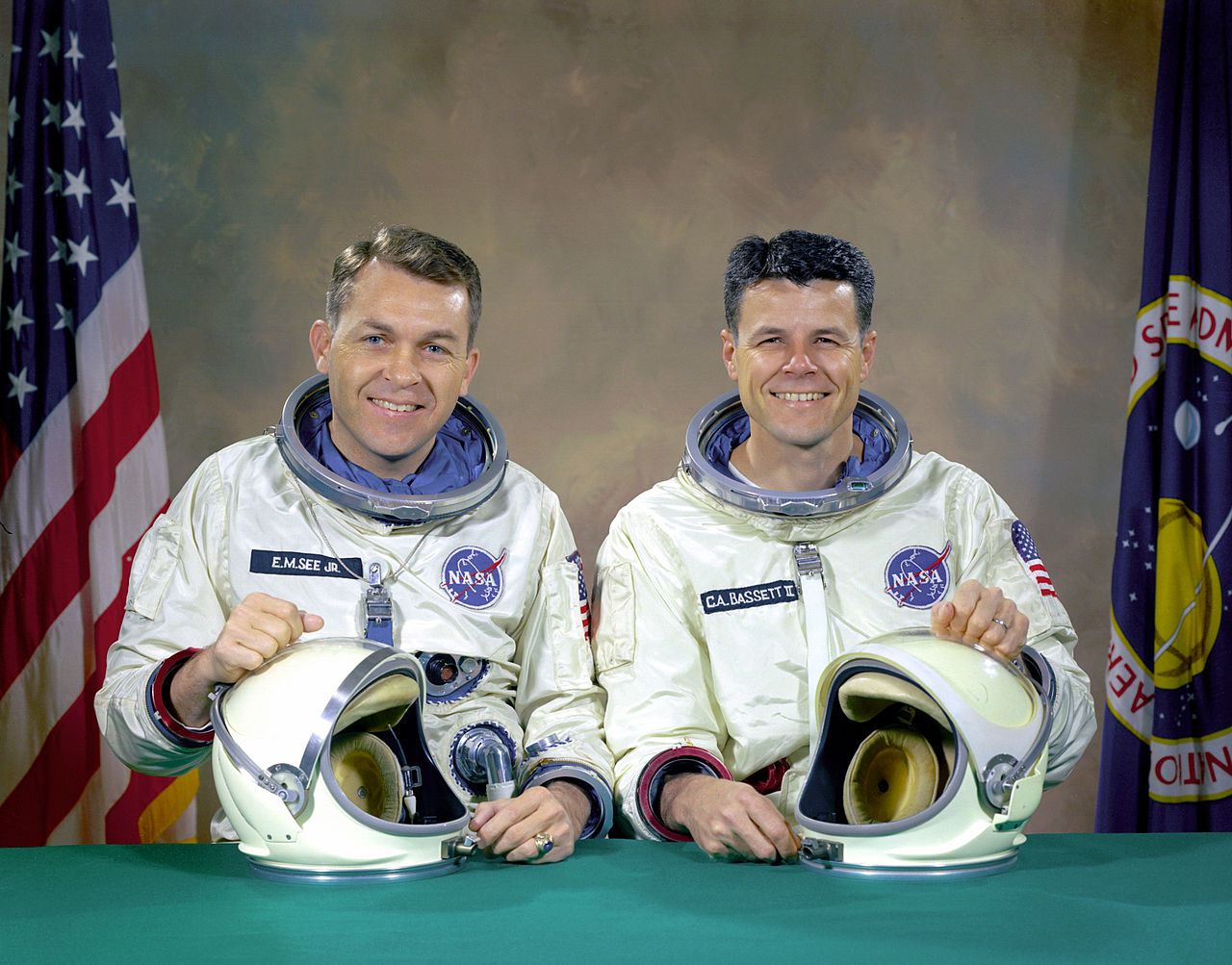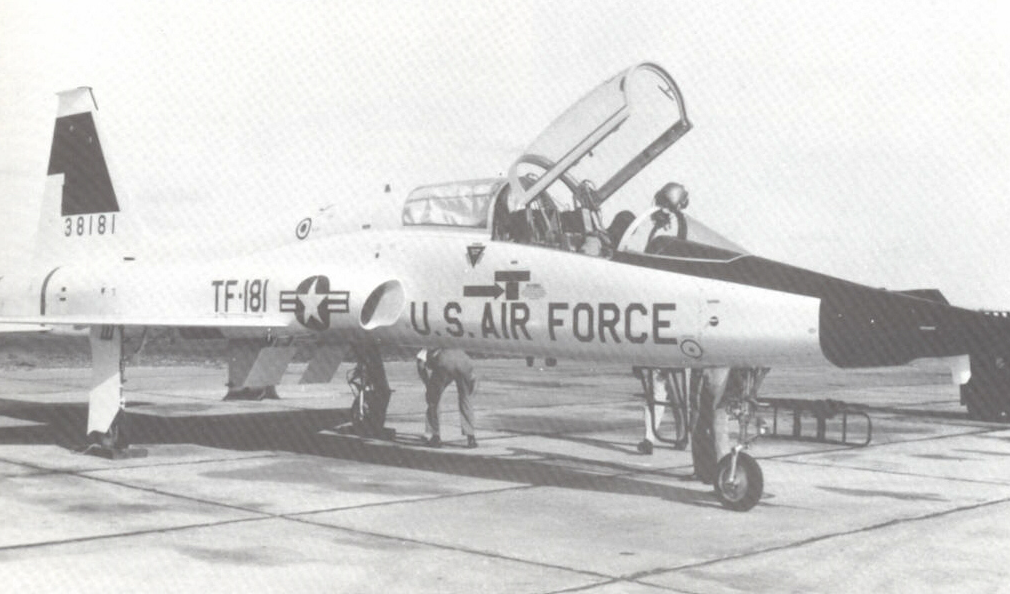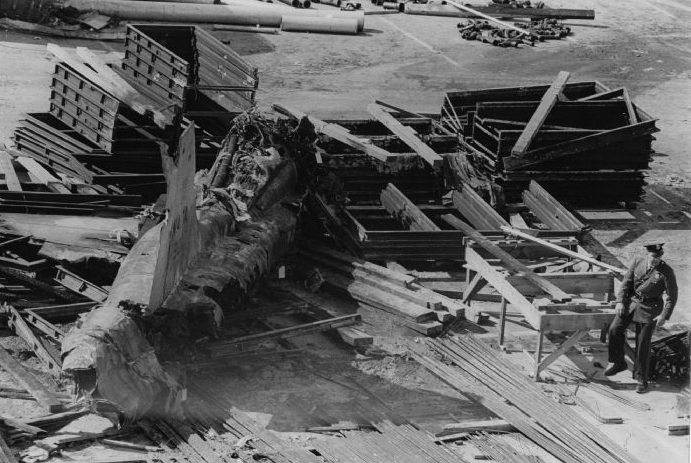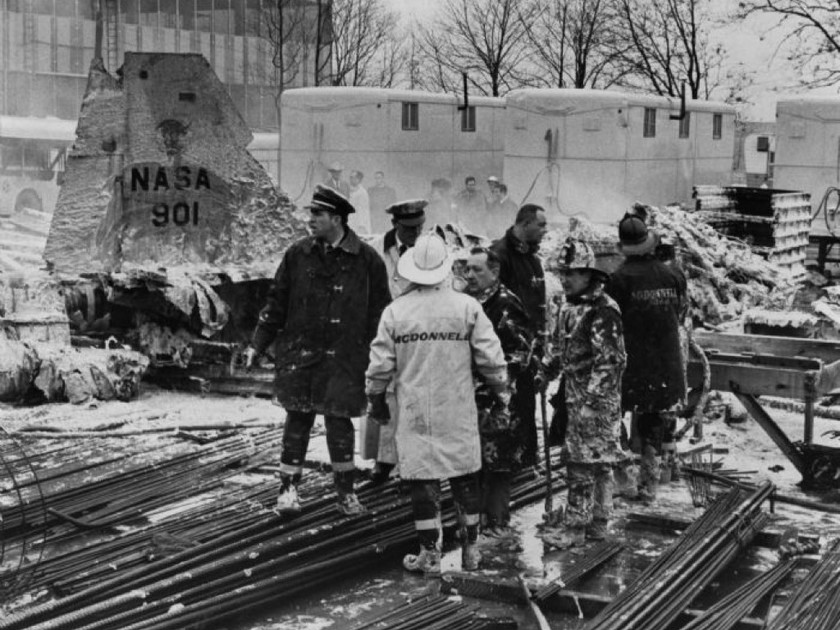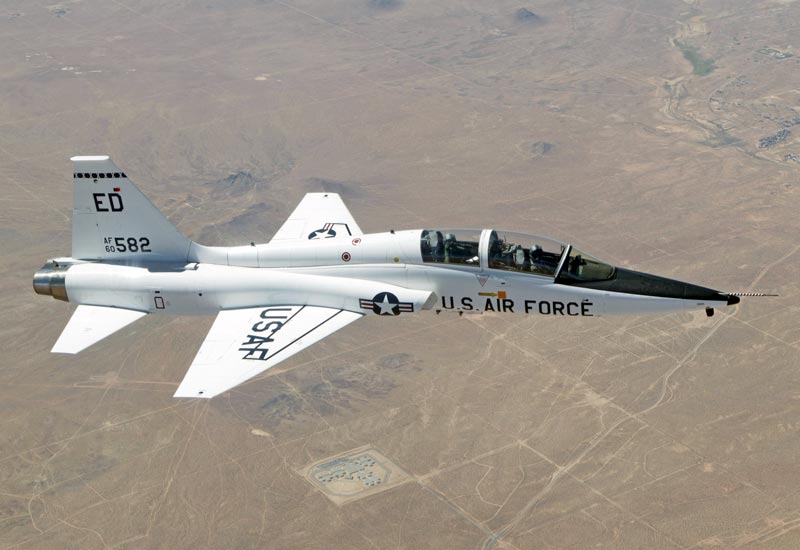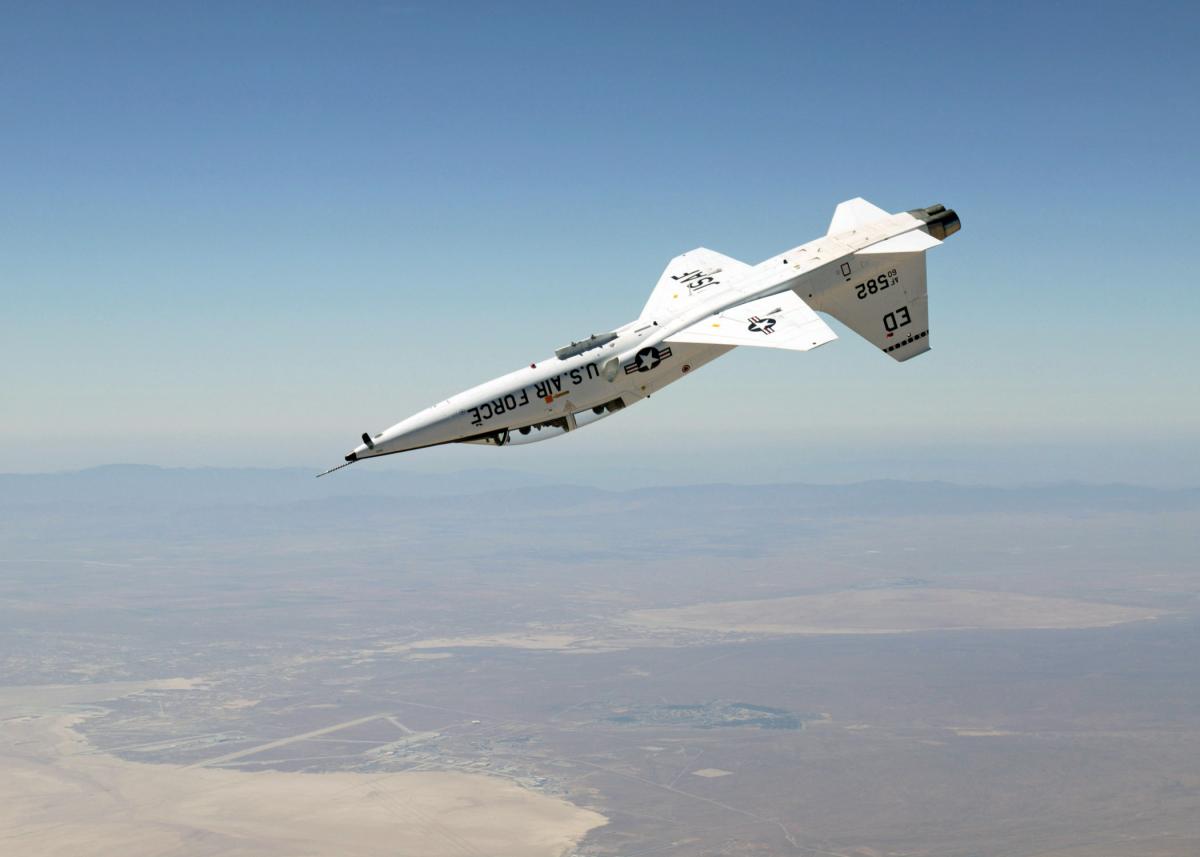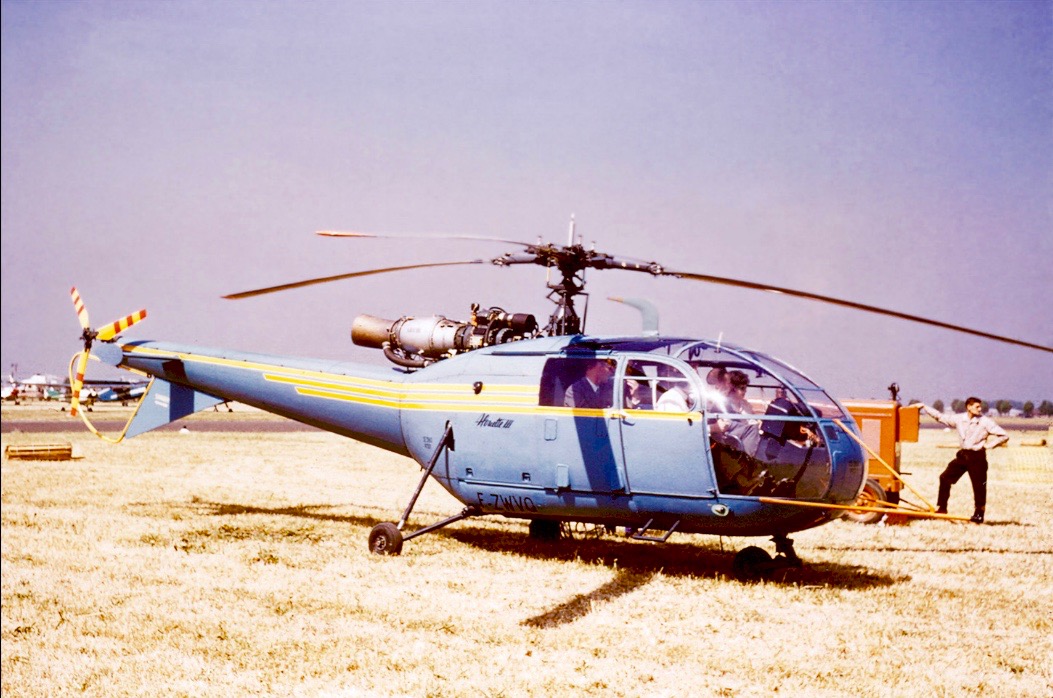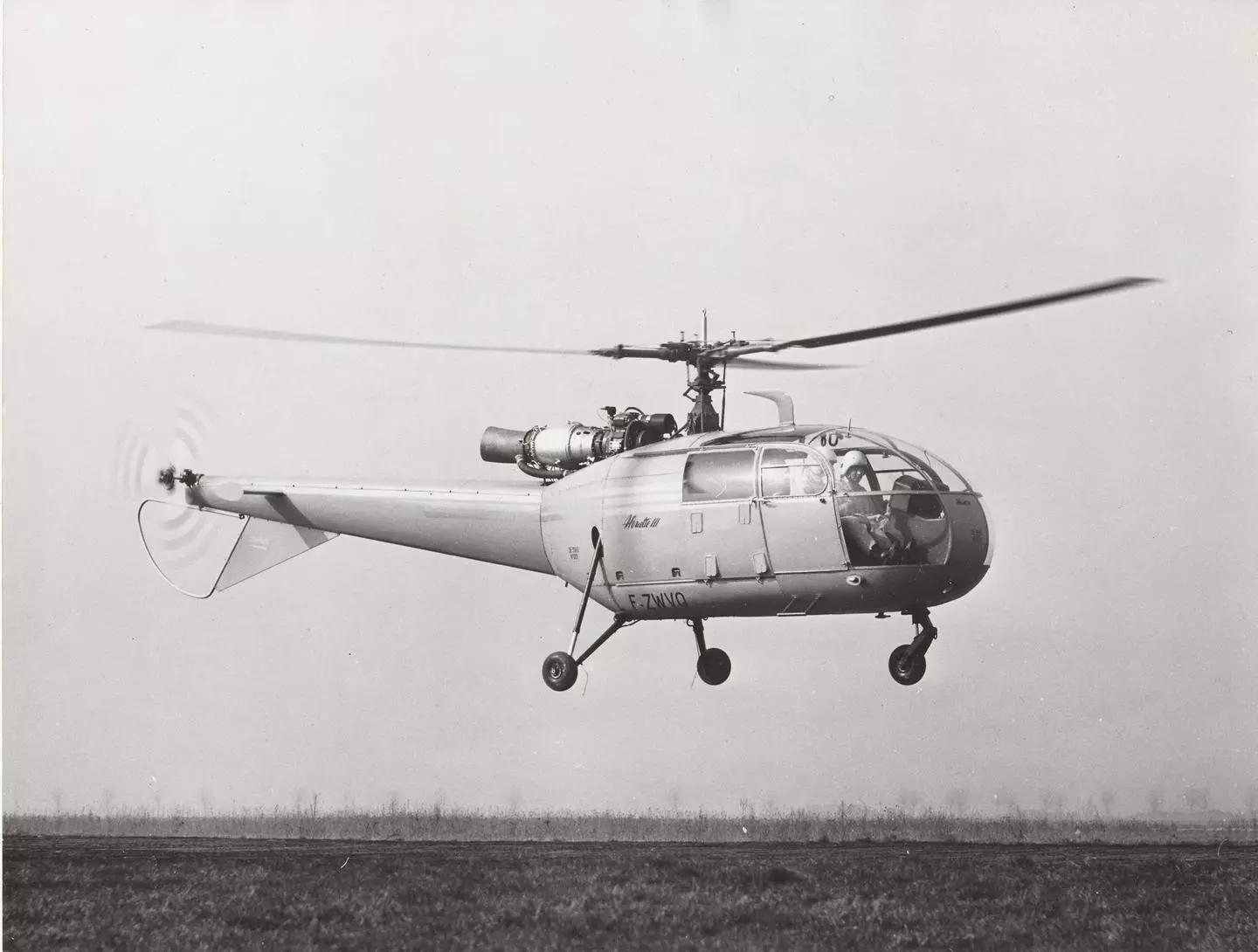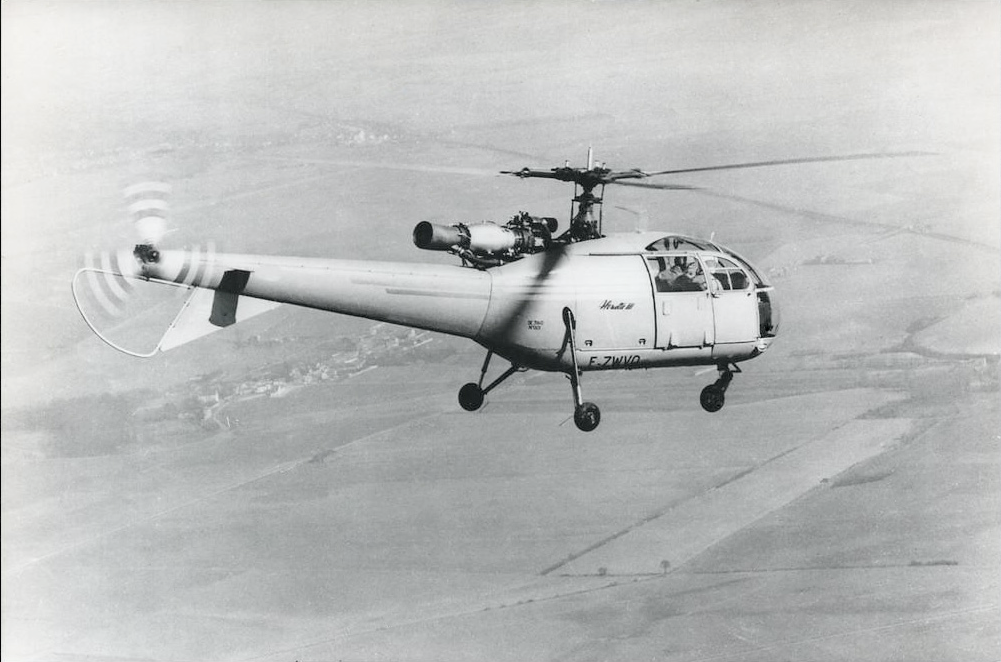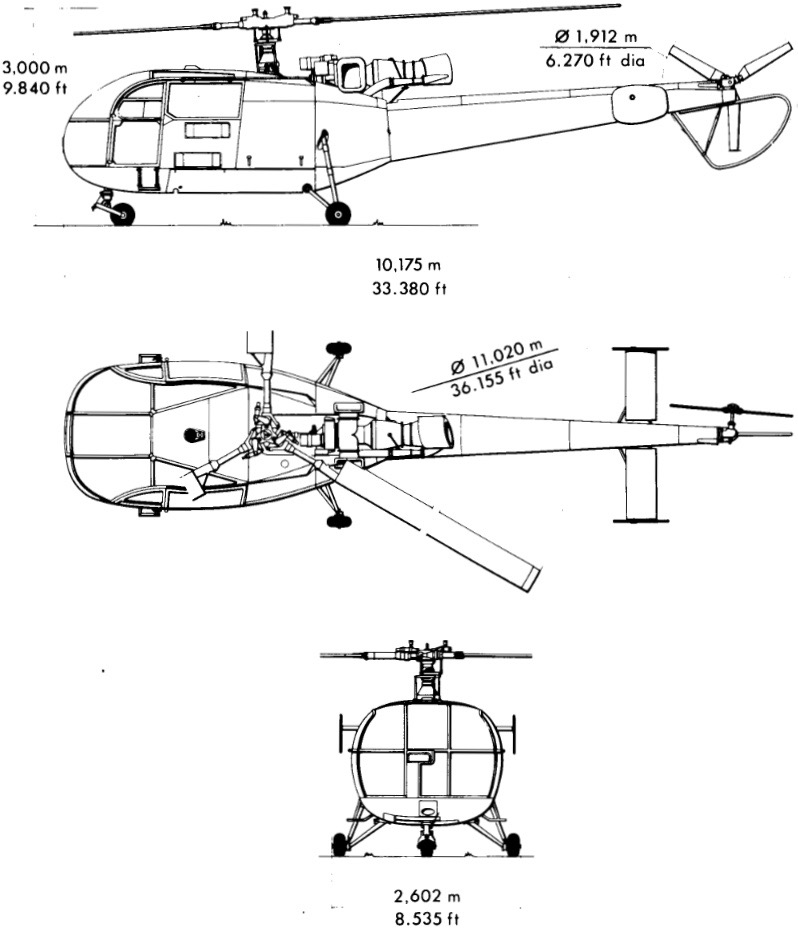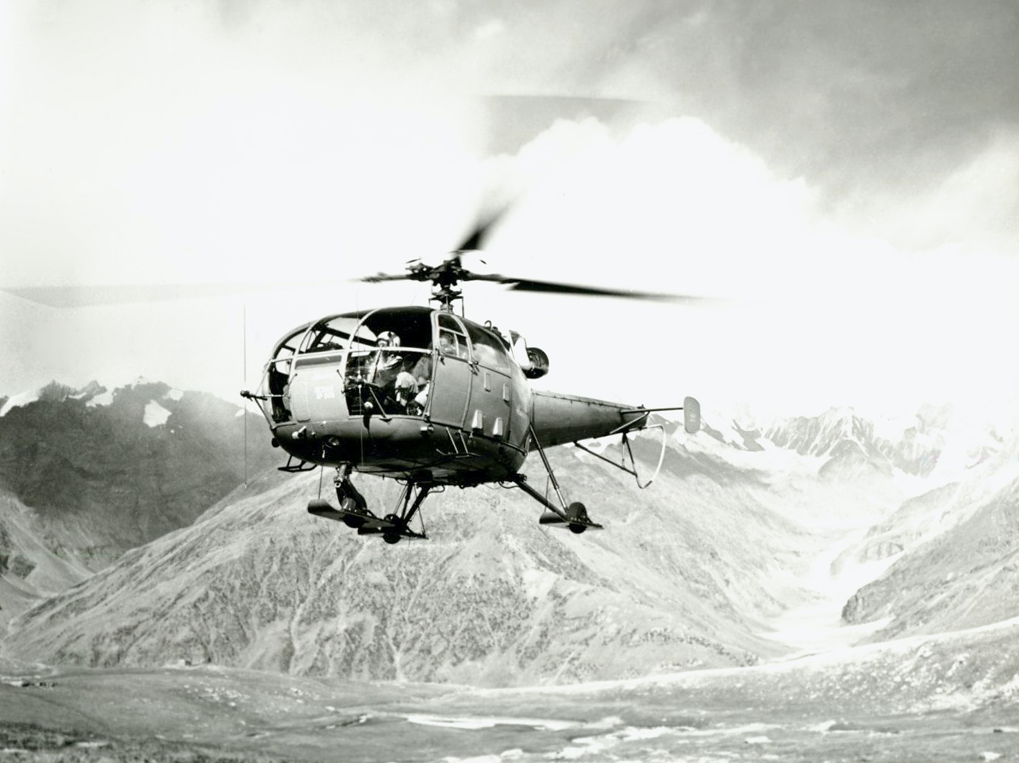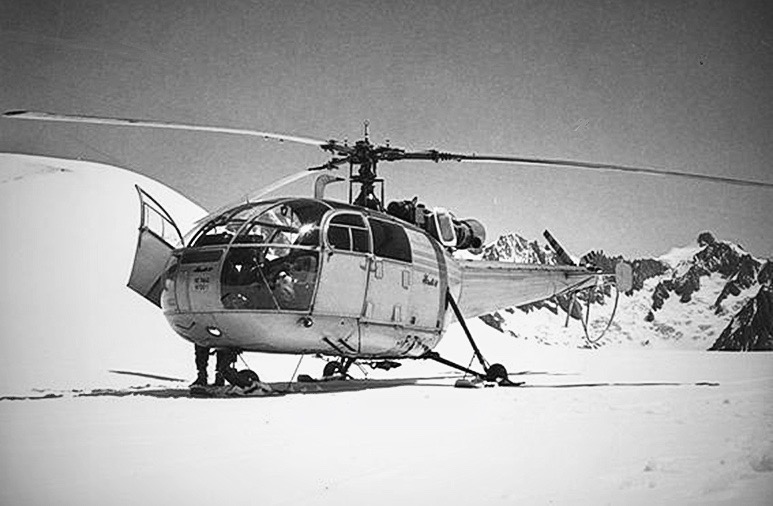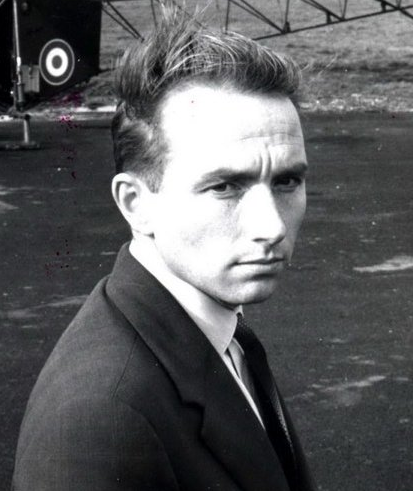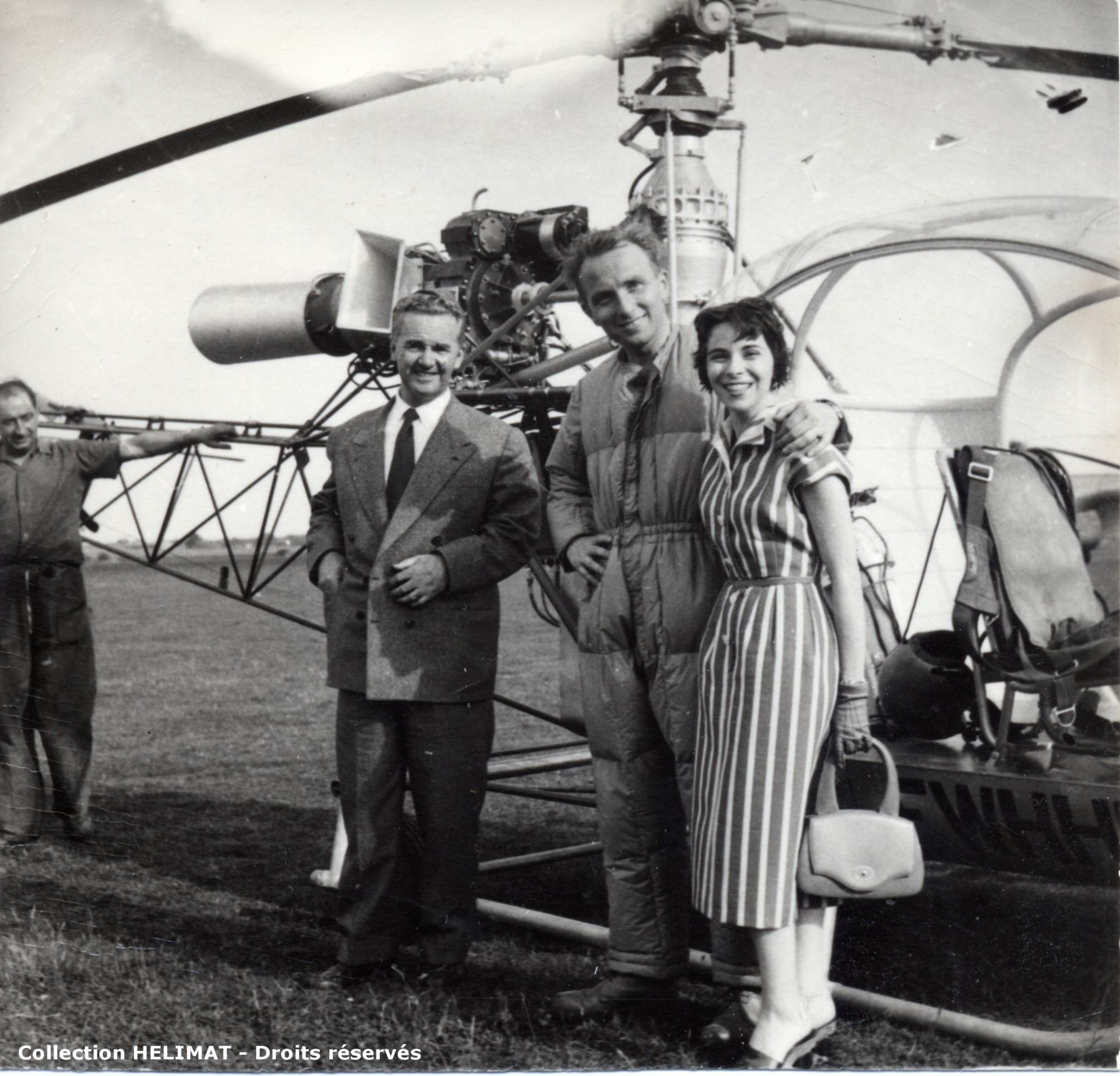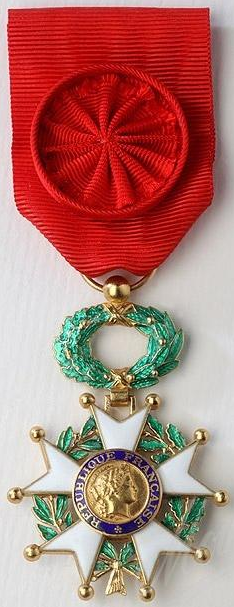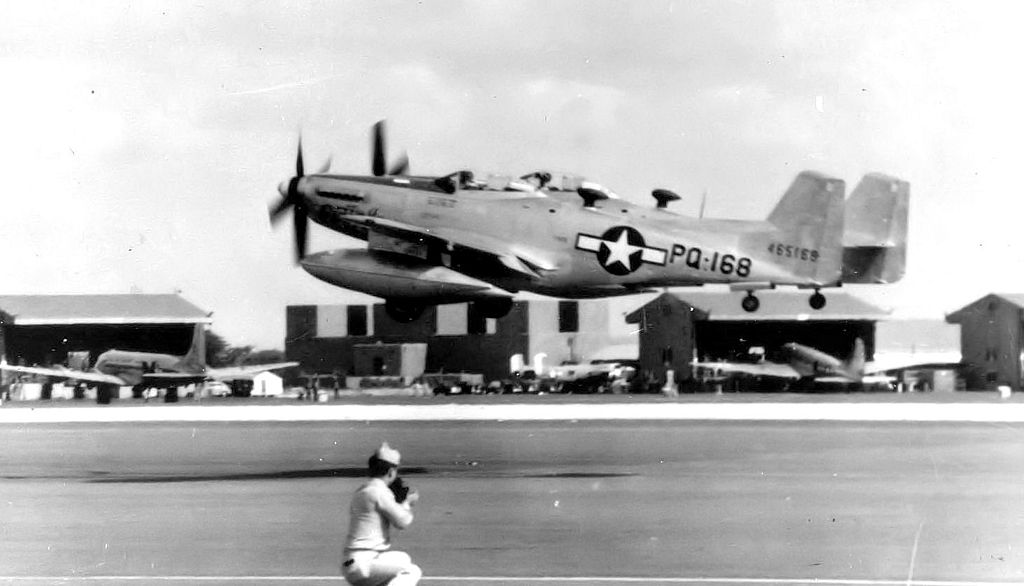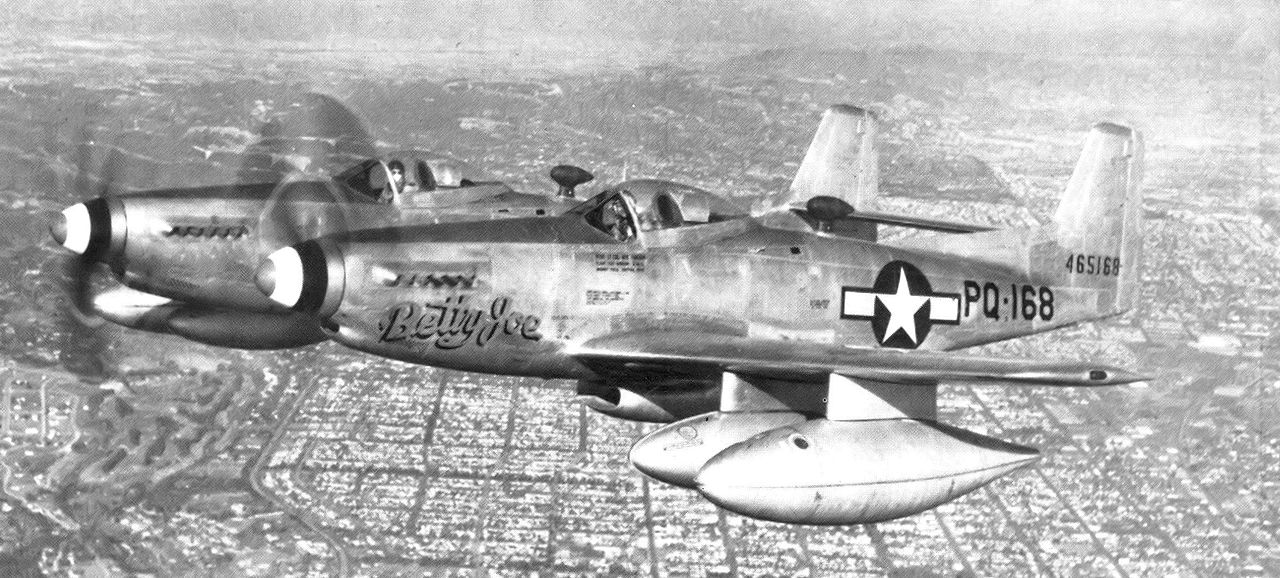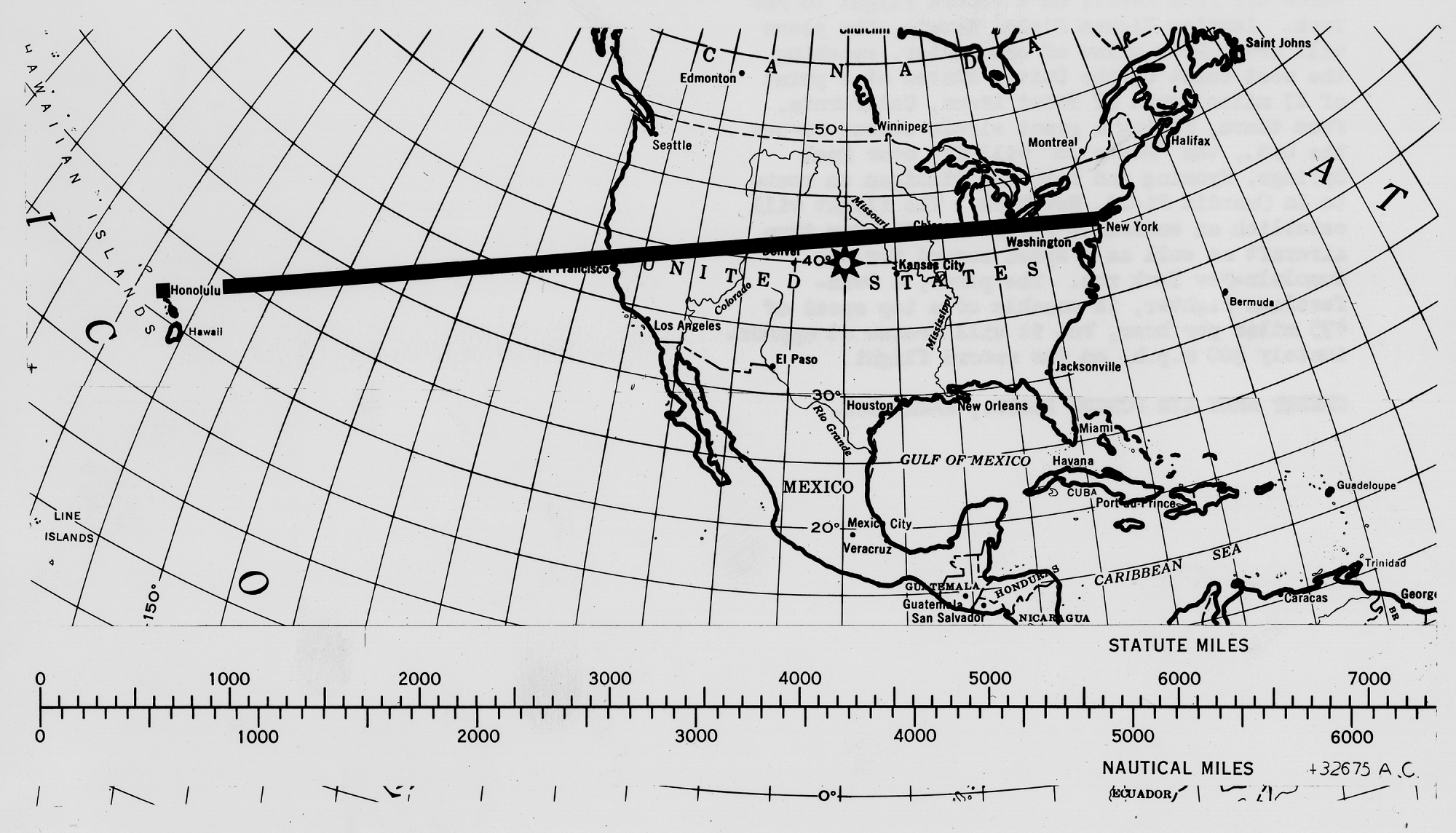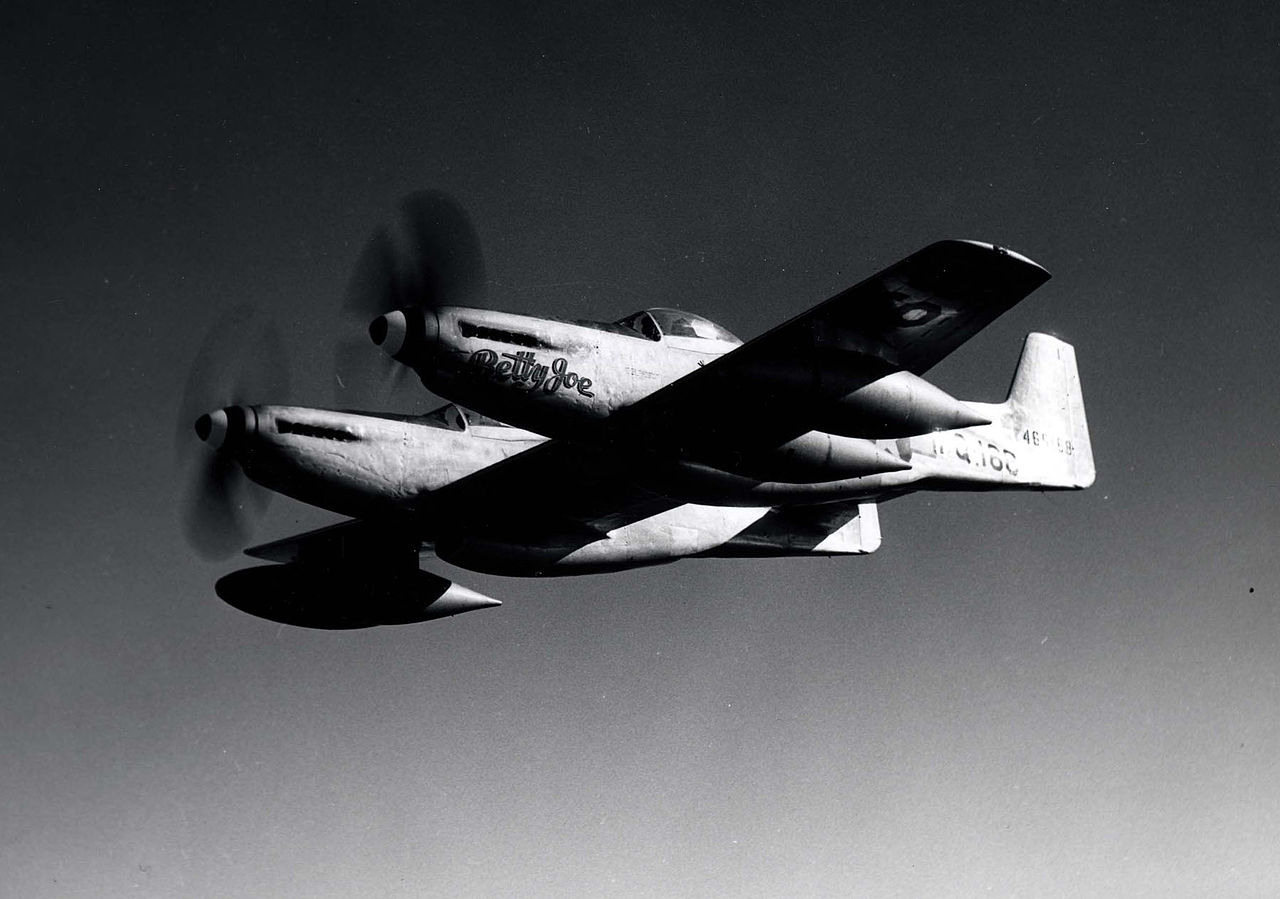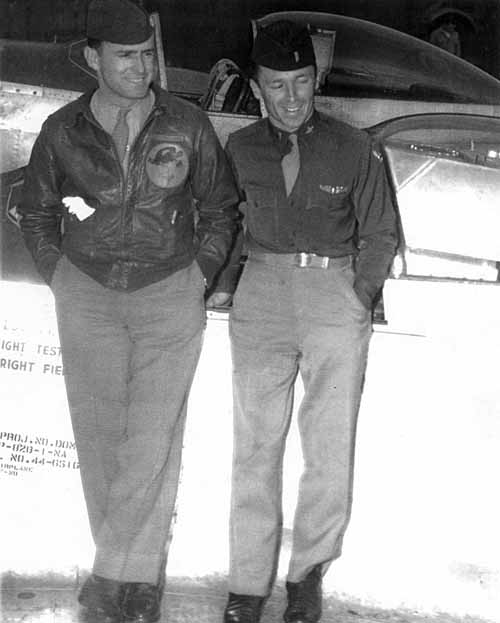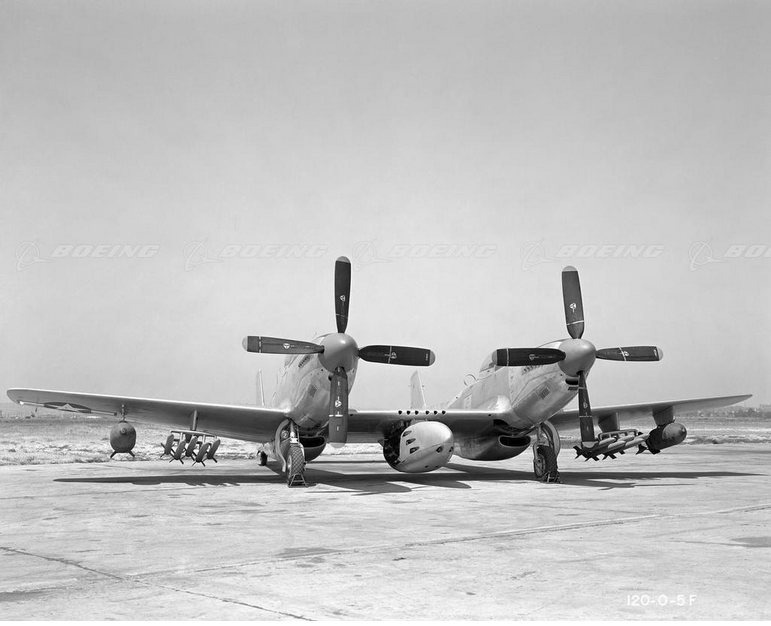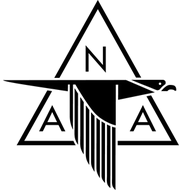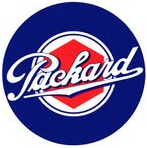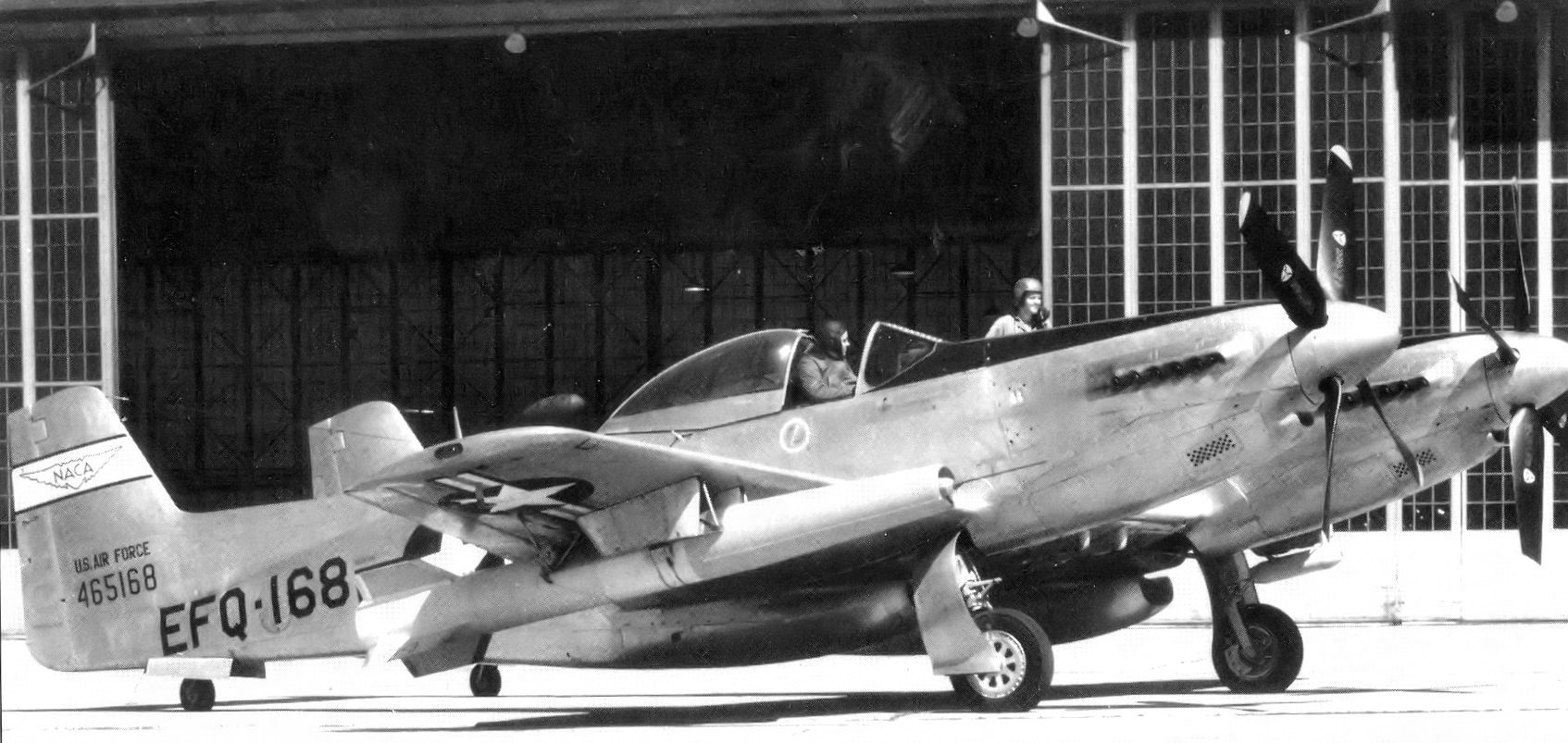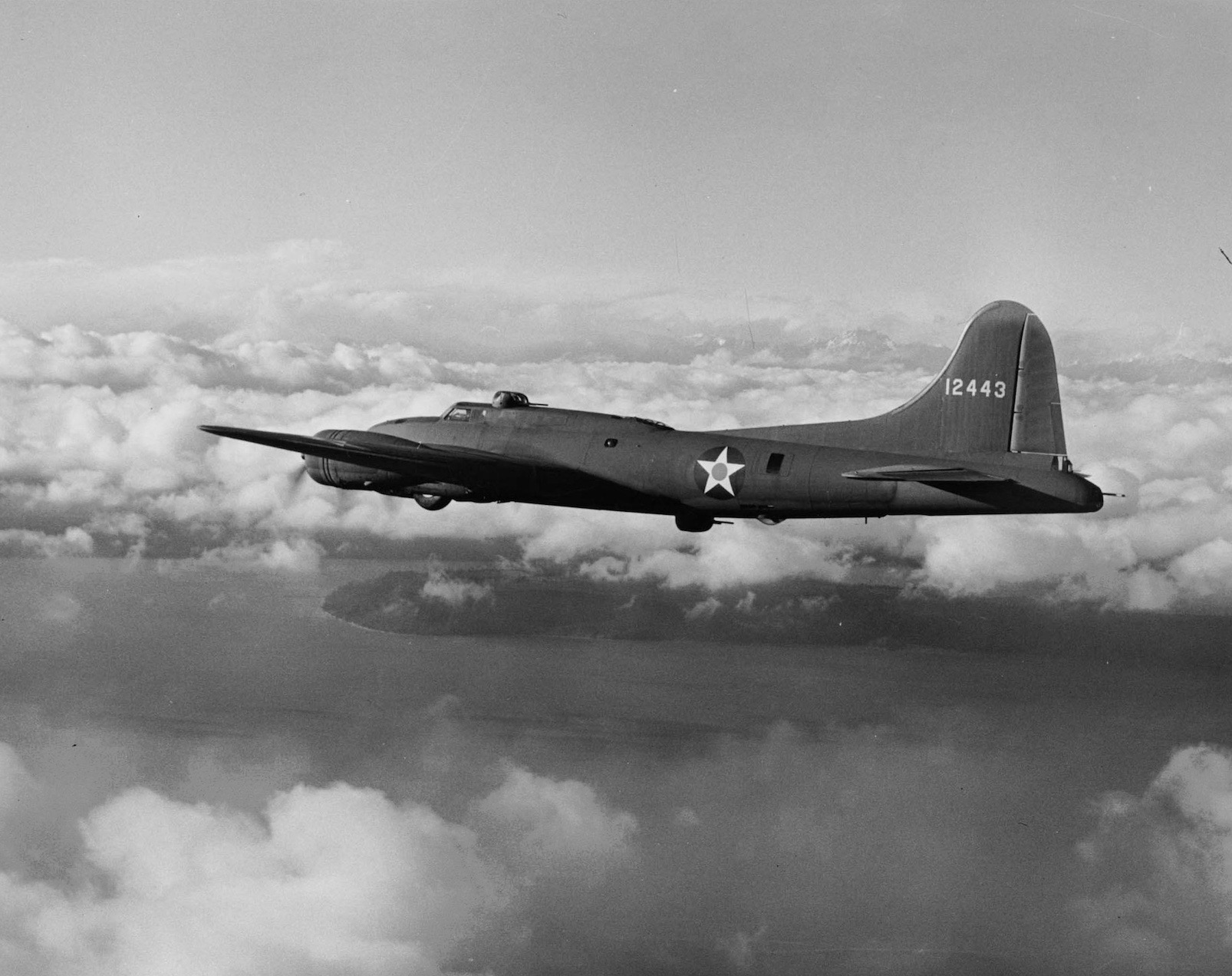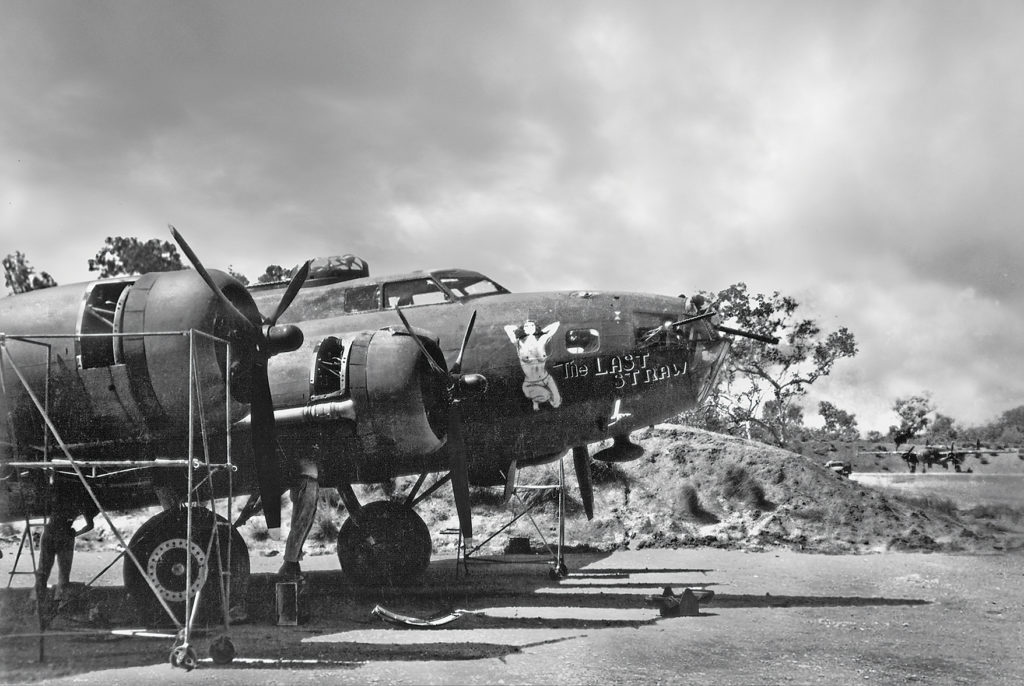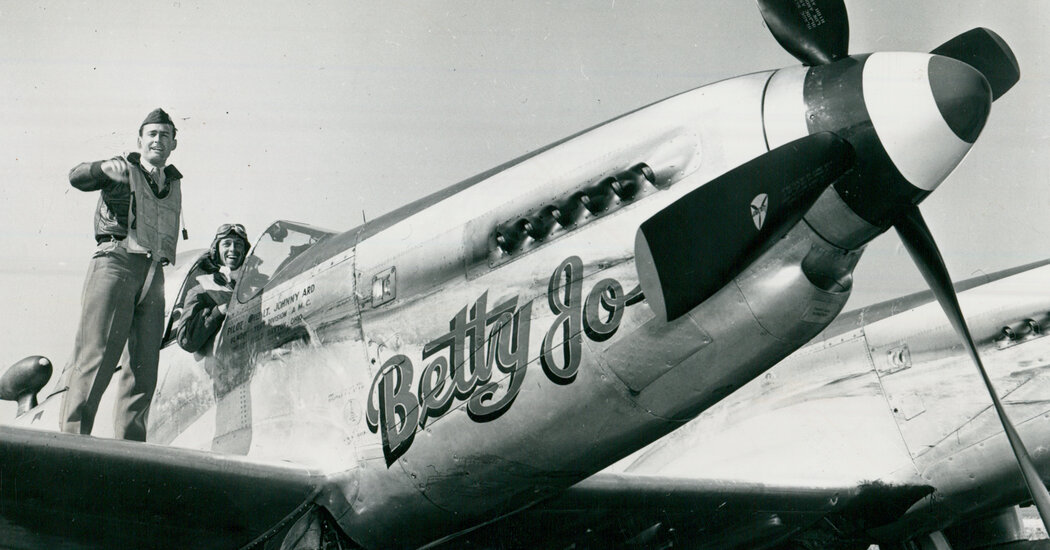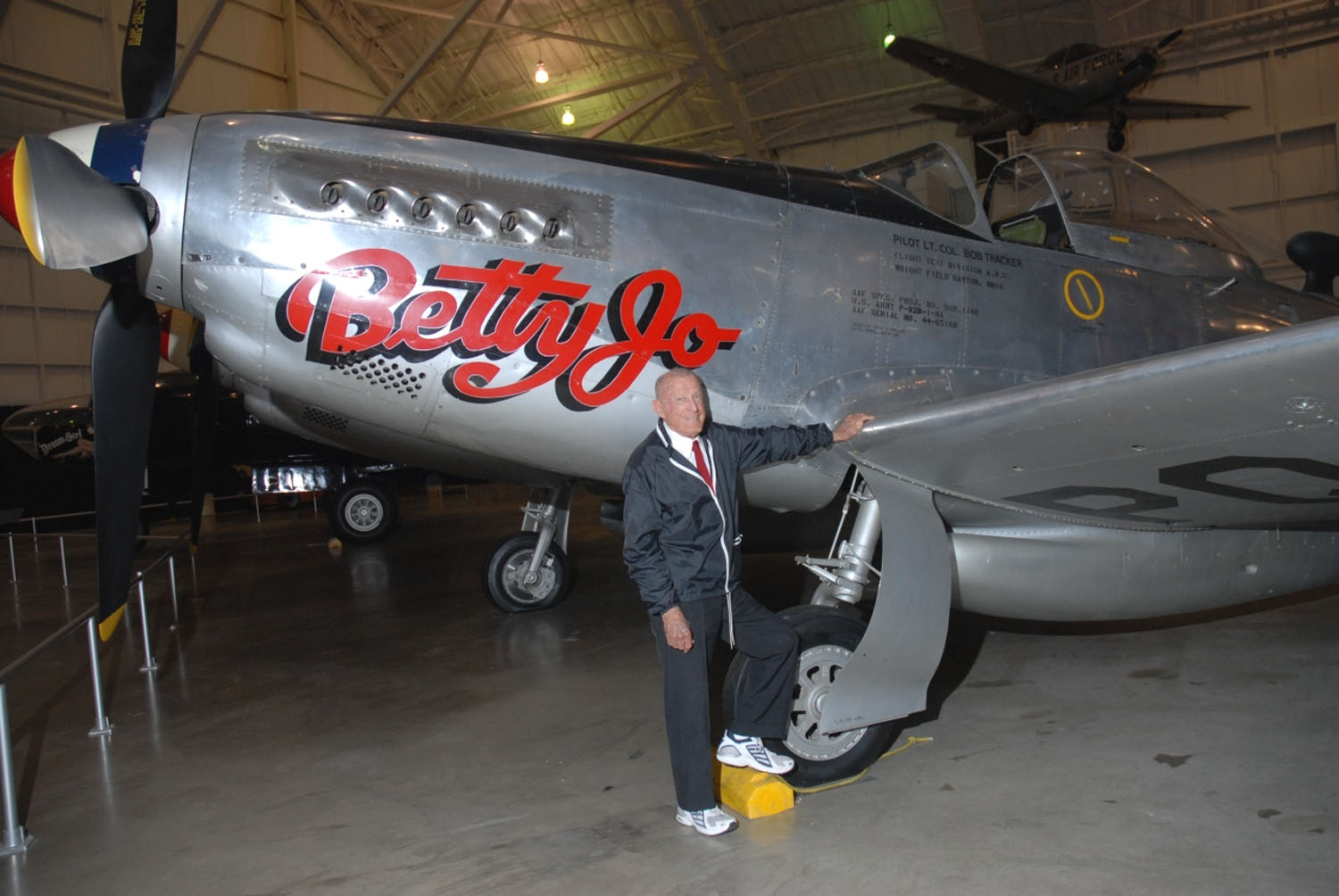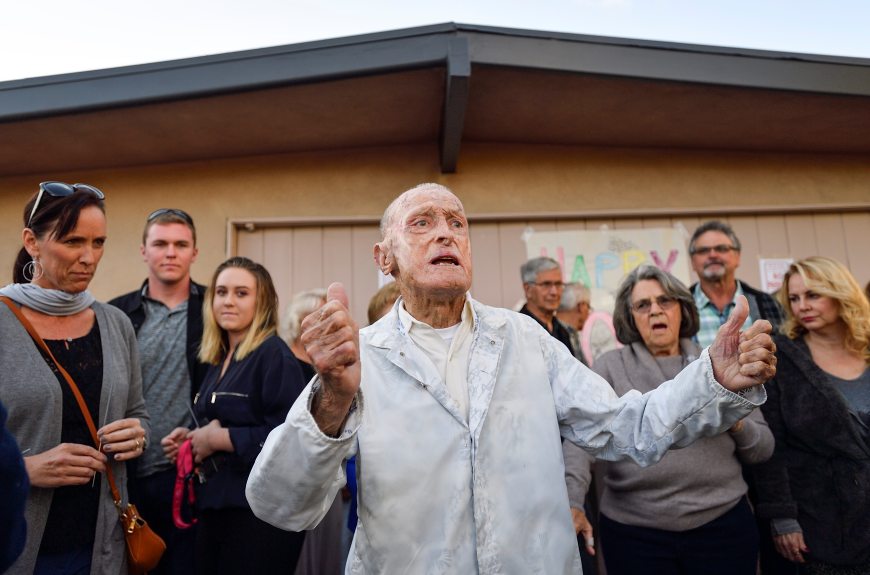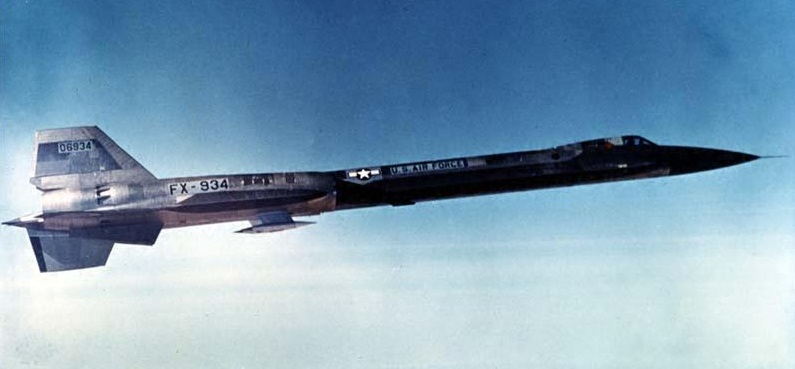
29 February 1964: President Lyndon B. Johnson publicly revealed the existence of the Top Secret Lockheed YF-12A, a Mach 3+ interceptor designed and built by Clarence L. “Kelly” Johnson’s “Skunk Works.” President Johnson referred to the interceptor as the “A-11.”
The following day, the Los Angeles Times ran two lengthy articles on its front page:
Johnson Discloses New Jet Secretly Developed by U.S.
Manned Aircraft Flies at 3 Times Speed of Sound; Military Potential Great
By ROBERT C. TOTH
Times National Science Correspondent
WASHINGTON—President Johnson disclosed Saturday the secret five-year development of an experimental jet aircraft whose performance “far exceeds that of any other aircraft in the world today.”
Several of the craft, designated A-11, have been “tested in sustained flight” at speeds greater than 2,000 m.p.h. and at heights over 70,000 ft., he said.
The craft has been made possible “by major advances in aircraft technology of great significance to both military and commercial application,” Mr. Johnson told a press conference.
Tests are under way at Edwards AFB, Cal., to determine the capability of the airplanes as long-range interceptors of enemy bombers. The plane was developed by Lockheed Aircraft Corp. of Burbank as a special project.
“Appropriate members of the Senate and the House have been kept fully informed on the program since its day of inception” in 1959, Mr. Johnson said.
Costs of the A-11 were not revealed, and the President said detailed performance information on the aircraft “will remain strictly classified.” Personnel working on the project have been told to keep quiet, he added.
Why the project has been wrapped in secrecy was not immediately clear. All that a White House spokesman would say, in answer to a question, was the A-11 represents “a new plateau in aircraft potential”—of such great potential that the military wanted to “explore it in secrecy.”
The A-11’s development also will aid in building a supersonic transport for commercial airlines, Mr. Johnson said. Like A-11, the transport would fly about Mach 3, or three times the speed of sound.
One of the most important technological achievements of the A-11 project, the President said, has been the mastery of the problem of using titanium metal on aircraft.
Great Heats
The aluminum used in today’s airplanes wears out in sustained flight at speeds greater than about Mach 2.2. This is due to the great heats generated by friction as air rushes over the surfaces of the aircraft, particularly the leading edges of the wings.
“The existence of this (A-11) program is being disclosed today to permit the orderly exploitation of this advanced technology in our military and commercial planes,” Mr. Johnson said.
High performance aircraft like the controversial TFX multi-service airplane and the Navy’s Phantom fighter will have speeds up to about Mach 2.5—about 1,600 m.p.h. These high speeds are possible for relatively short duration, however.
Funds for the A-11 were presumably buried in other appropriations, conceivably in part in Air Force appropriations for the B-70.
Dimensions of the A-11 were not revealed although an in-flight picture of the side view of the plane was distributed. It suggests the A-11 is more than 100 ft. long, based on the size of the pilot’s head in the cockpit.
The front half of the A-11 looks very similar to that of the X-15 rocket plane which has flown at speeds over 4,000 m.p.h. The characteristic tail surfaces of the X-15, extending both above and below the fuselage, also were obvious.
The A-11’s engine, a J-58 from Pratt & Whitney, occupies the rear third of the vehicle.
The experimental fire control and air-to-air missile system was developed by the Hughes Aircraft Co. The “A” in the aircraft’s designation suggests an “attack” function.
Number of Questions
Announcement of the project raises a number of questions, some of which Presidential Press Secretary Pierre Salinger answered at a subsequent briefing.
For example, why did the Pentagon object to the Boeing Aircraft Co.’s proposal to use titanium in the TFX if the A-11 had proved that the metal can be used?
“The technical knowledge obtained in the A-11 program made it possible to evaluate Boeing’s proposal,” Mr. Salinger said, and the Pentagon concluded that the titanium in the TFX represented a “High development risk.”
Technical Justification
This seemed to be further technical justification for the choice of General Dynamics over Boeing for the TFX, a choice which raised a political furor in Congress.
The economic meaning of the A-11 was another question put to Mr. Salinger. While the project makes a major contribution to Mach 3 flight, he replied, “It cannot be converted into a transport. A major independent development program is still necessary to produce a supersonic transport.”
—Los Angeles Times, Vol. LXXXIII, Sunday, 1 March 1964, Page 1, Columns 7–8, and Page 6, Columns 3–4
The second Times article identifies the designer as Clarence L. (“Kelly”) Johnson:
NEW PLANE GREAT FEAT OF SECURITY
BY MARVIN MILES
Times Aerospace Editor
President Johnson’s announcement of a new triple-sonic interceptor Saturday disclosed on of the best kept secrets in military annals, a security feat comparable in many ways to that achieved with the atomic bomb.
Apparently even the House Armed Services Committee didn’t know of the project for it recommended $40 million for an improved manned interceptor, a fund approved by the full House just 10 days ago.
The Senate, however, must have had more information, for it made no provision for the new interceptor studies in approving aircraft funding last Thursday, including $52 million for an advanced bomber.
The secret of Lockheed’s new A-11 interceptor was kept far better than that of the same company’s U-2 reconnaissance plane that was eventually shot down on a sky-spy flight over Russia.
Dozens of reports on the mysterious U-2 from various sections of the world had filtered into the news before the international incident over Russia.
The Times learned the new A-11 was spurred by the same aircraft genius who headed development of the U-2 and Lockheed’s famed F-104 Starfighter interceptor, Clarence (Kelly) Johnson, vice president for advanced development projects.
Johnson and his crew work in a carefully-guarded area at the Lockheed Burbank factory known as the “Skunk Works.”
Pierre Salinger, White House press officer, told newsmen the A-11 was funded and managed by the Air Force in the normal manner for a classified project.
Inasmuch as the new plane was started in 1959, this gave rise to speculation as to why a similar plane, the F-108, was canceled in that year.
The F-108 was a North American Aviation project in the same time era that the company’s triple-sonic B-70 bomber was started.
Like the A-11, it was to have had a speed of Mach 3 (about 2,000 m.p.h.) with a range of about 2,000 miles, plus combat time.
Reason for canceling the F-108 was largely budgetary, according to reports in 1959, with the Defense Department declaring that of the two North American projects, the B-70 bomber was a more urgent program than the F-108.
Some estimates of the A-11 can be drawn from the F-108. The North American plane was to have been powered by two engines, and one considered was the Pratt & Whitney J-58, the engine that will power the A-11.
This indicates the new Lockheed interceptor will have two engines also. The J-58 has never been used, either militarily or commercially, as far as The Times could determine. It has a thrust of about 30,000 lb.
Another indication from the F-108 relates to the armament of the A-11. The canceled North American interceptor was to have been armed with Hughes GAR-9 nuclear-tipped rockets.
The A-11 has a Hughes fire control system and its armament could well be the same guided, air-to-air rocket or an advancement of it.
The new interceptor will answer fears expressed by many military experts that Russia’s bomber fleet poses a greater threat to North America than her intercontinental missiles.
The A-11 will have the speed to intercept high speed bombers and shoot them down at ranges that would precluded their launching air-to-ground missiles against U.S. targets.
In appearance, the A-11 looks something like the X-15 rocket plane, a long, slim craft with sharp pointed nose section similar to that of the F-104 Starfighter.
It has both ventral and dorsal fins and appears to be about 90 ft. long over-all.
—Los Angeles Times, Vol. LXXXIII, Sunday, 1 March 1964, Page 1, Columns 7–8 and Page 6, Column 5–6
The YF-12A first flew 7 August 1963.
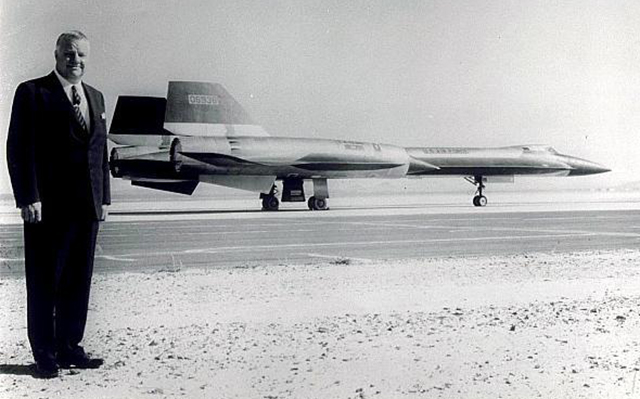
Intended as a replacement for Convair’s F-106 Delta Dart, three pre-production YF-12As were built for testing. On 1 May 1965, a YF-12A set a speed record of 2,070.103 miles per hour (3,331.507 kilometers per hour) and reached an altitude of 80,259 ft (24,463 meters).
The reason for President Johnson’s announcement of the existence of the YF-12A prototypes was to conceal the existence of the Central Intelligence Agency’s fleet of Lockheed A-12 Oxcart reconnaissance aircraft based at Groom Lake, Nevada. Any sightings of these aircraft could be attributed to test flights of the YF-12As based at Edwards Air Force Base, 160 miles (258 kilometers) to the southwest.
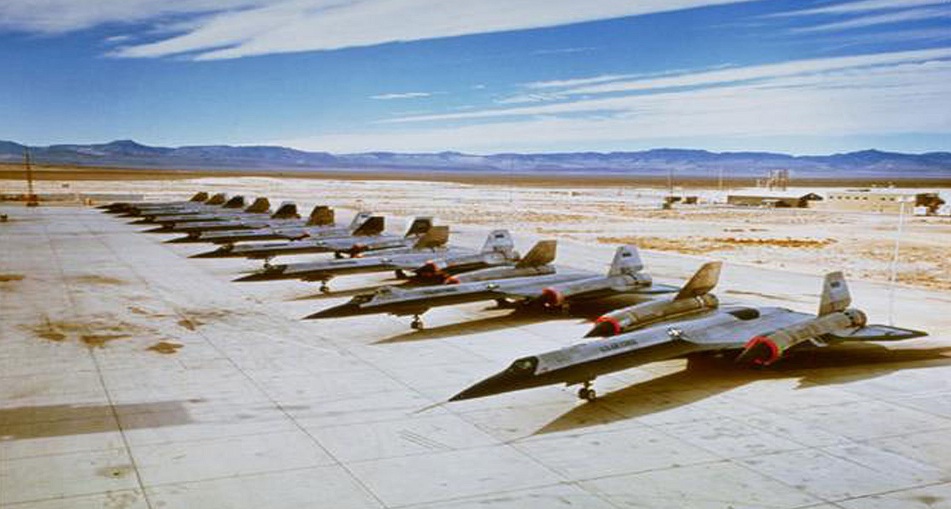
The YF-12A interceptor is very similar to its A-12 Oxcart and SR-71A Blackbird stablemates. It is a large twin-engine delta wing aircraft, flown by a pilot and weapons system operator. Because of the altitudes that the F-12 operates, the crew wears S901F full-pressure suits produced by the David Clark Company. The A-12 is 101.6 feet (30.97 meters) long with a wingspan of 55.62 feet (16.953 meters) and overall height of 18.45 feet (5.624 meters). It has a zero fuel weight of 54,600 pounds (24,766 kilograms) and a maximum ramp weight of 124,600 pounds (56,518 kilograms). ¹
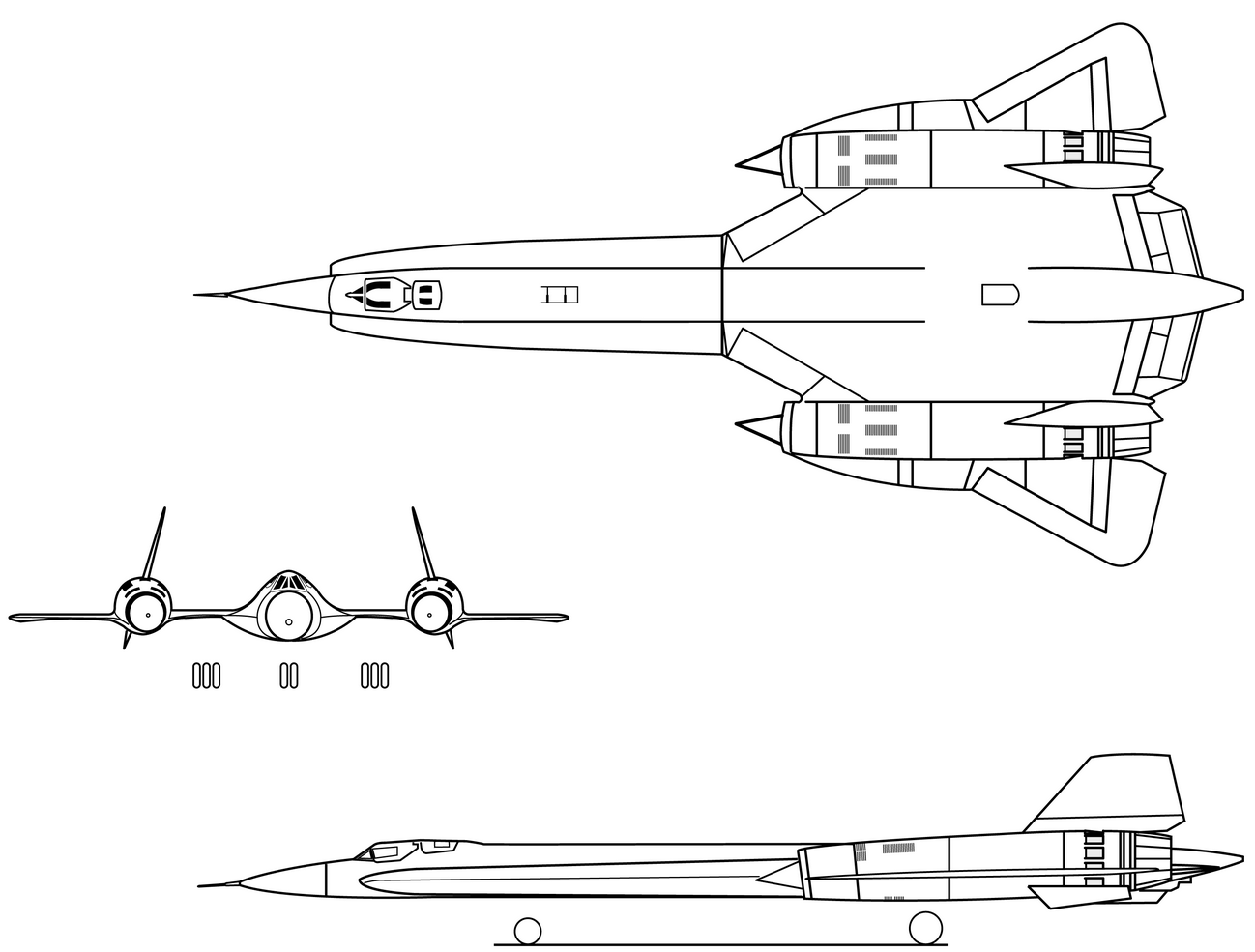
The YF-12A is powered by two Pratt & Whitney J58 (JT11D-20A) engines. These are single rotor bleed-bypass turbojets with a 9-stage compressor section and 2-stage turbine. They have a static thrust rating of 31,500 pounds (140.118 kilonewtons), each, at Sea Level with afterburning. The J58s use a unique JP-7 fuel.
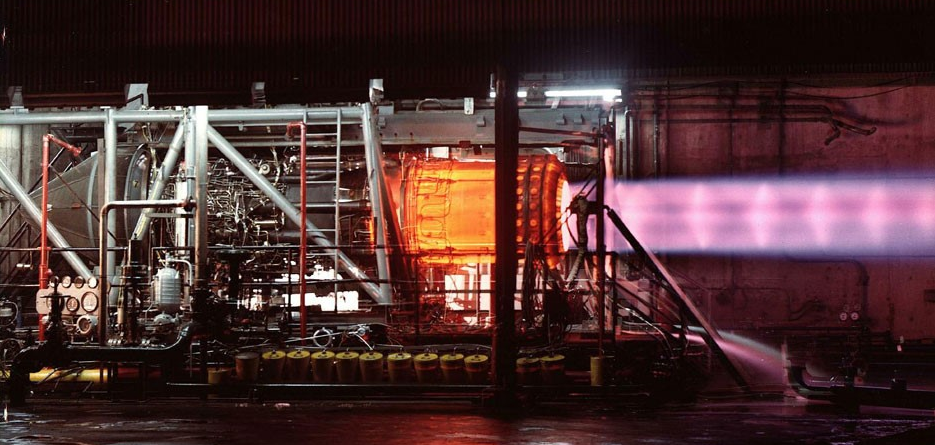
The YF-12A has a maximum speed of Mach 3.35 (2,232 miles per hour/3,342 kilometers per hour) at 80,000 feet (24,384 meters). The A-12 has a normal operating cruise speed of Mach 3.1. Its maximum operating altitude is 85,000 feet (25,908 meters) and it has a range of 3,000 miles (4,828 kilometers). Unlike most fighters, the A-12 has a maximum load factor of 2.5 gs. Its maximum bank angle when above Mach 2.5 is 30°.
The United States Air Force ordered 93 production F-12B aircraft, which would have been armed with three Hughes AIM-47A Falcon air-to-air missiles in enclosed bays in the bottom of the fuselage. However, Secretary of Defense Robert S. McNamara refused to release the funds for the purchase for three consecutive years and eventually the project was cancelled.
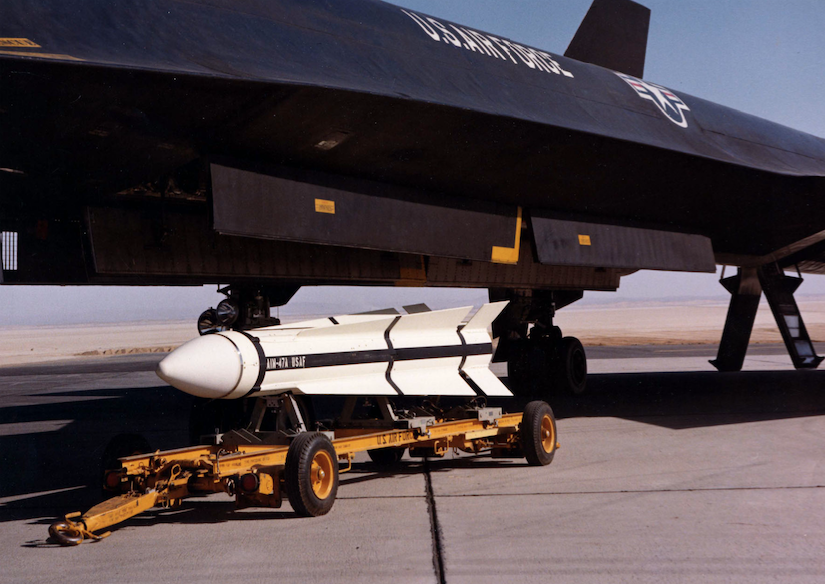
The first YF-12A, 60-6934, seen in the top photograph, was extensively damaged by a brake system fire on landing at Edwards AFB, 14 August 1966. It was salvaged and rebuilt as SR-71C 61-7981. The third YF-12A, shown in the photograph below, was lost due to an inflight fire 24 June 1971. The crew safely ejected.
The only existing YF-12A, 60-6935, is in the collection of the National Museum of the United States Air Force at Wright-Patterson Air Force Base, Ohio.
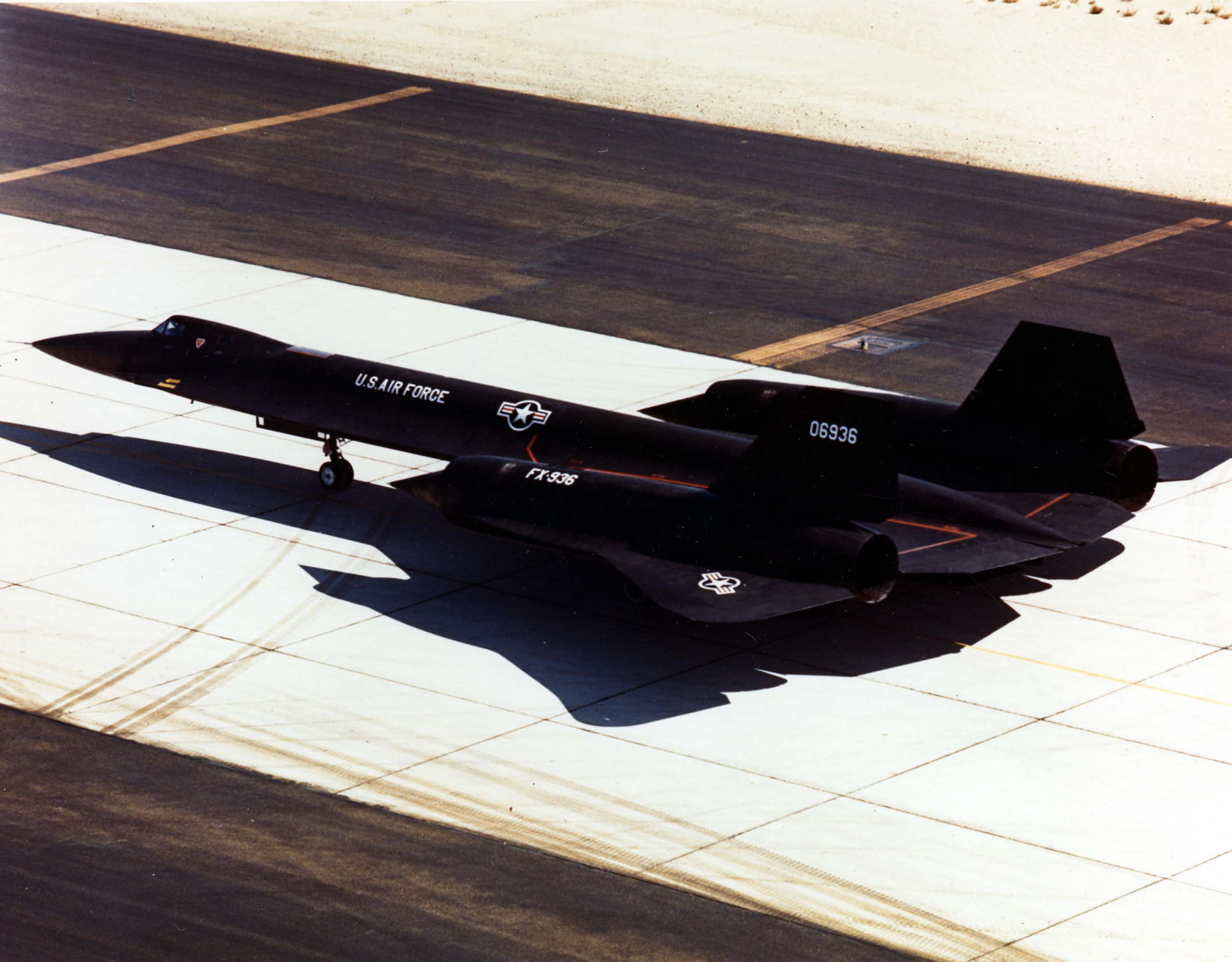
¹ The Lockheed SR-71A has a length of 107.4 feet (32.74 meters). Wingspan and height are the same. Its zero fuel weight varied from 56,500–60,000+ pounds (25,628–27,216+ kilograms) and the gross weight had a range of approximately 135,000–140,000+ pounds (61,235–63,503+ kilograms).
© 2023, Bryan R. Swopes
